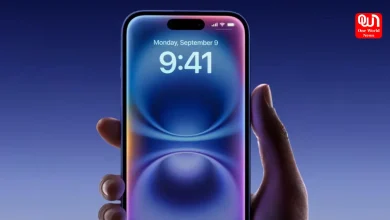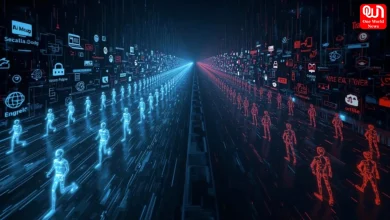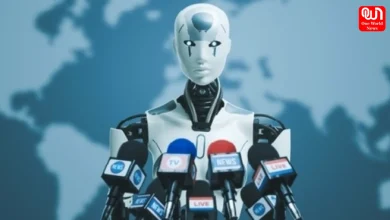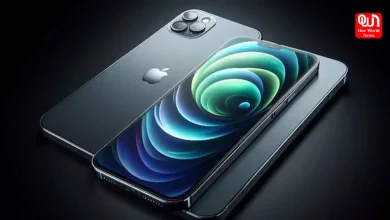What is Section 230 that made the internet?

Section 230 and its Indian Counterpart
Who could have thought that a short sentence of 26 words would change the internet forever! Section 230 of the Communications Decency Act,1996 states- “no provider or user of an interactive computer service shall be treated as the publisher or speaker of any information provided by another information content provider.”
It is the existence of this law that has made it possible for social media platforms like Twitter, Google, or Facebook to exist.
Simply, it means that the platforms like Google, Facebook etc., cannot be held liable for what is posted on their platform. The actions of their users are not their responsibility. Without this section, people would have been able to sue these companies for every hateful comment, wrong information, post, or comment on their platform.
Why is this section in the news?
In 2015 Paris saw a devastating terror attack which killed more than 130 people. After this, the parents of one of the victims, Mohemi Gonzalez, decided to sue Google for its lack of monitoring content on YouTube, as YouTube is owned by Google.
Read more- Financial Connect: India UPI and Singapore PayNow Linked
They claimed that Google allowed ISIS to post videos that influenced people to join them and how the YouTube algorithm pushed radical videos to users. The Gonzalez v. Google is iconic in itself, and it remains to see the conclusion it comes to.
Why is the case critical?
At present, all the tech companies use these algorithms, which push a specific type of content to each user based on what they have watched before and what they might like. At the same time, these companies do not control the content posted online, shielding them from any responsibility for harmful content.
Social media is a vast world today. The content posted on it impacts the minds of young children and adults alike. It can also be a trigger to mental or physical injury. By taking zero responsibility for the content that can cause harm to people, these platforms only help in causing more damage.
If the court rules against Google, it will change the internet as we know it. It can open a pandora’s box of lawsuits against such platforms and pave the way to moderate user content.
Moreover, it will also make Google liable to pay for damages.
To put things in perspective, it is essential to understand why and when Section 230 was enacted. The section came into play when there were hardly any social media platforms, and the internet, as we know it today, did not exist. So even without the case, the section must be framed to suit today’s world’s needs.
What is the law for that in India?
In India, section 79 of the Information Technology Act, 2000 states-
“an intermediary shall not be liable for any third-party information, data, or communication link made available or hosted by him.”
This act provides platforms like YouTube, Twitter, and others with the same immunity provided by Section 230. The lack of intermediary responsibility has been discussed repeatedly in India. There is a push to re-read section 79 of the IT Act and make it more relevant for the users and protect them instead of protecting the big companies.
Liked this post?
Register at One World News to never miss out on videos, celeb interviews, and best reads.







